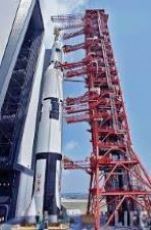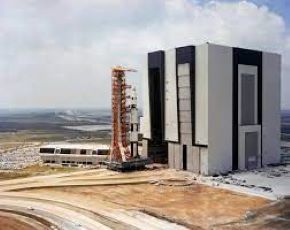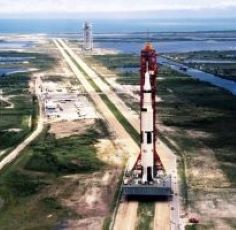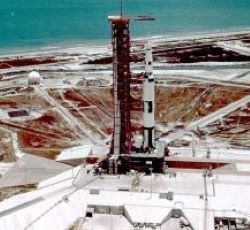SATURN V LAUNCH VEHICLE

INTRODUCTION
The Saturn V was a rocket NASA built to send people to the moon. A Heavy Lift Vehicle, it was the most powerful rocket that had ever flown successfully. The Saturn V was used in the Apollo program in the 1960s and 1970s and was also used to launch the Skylab space station. The Saturn V rocket was 363 feet tall, about the height of a 36-story building, and 60 feet taller than the Statue of Liberty. Fully fueled for liftoff, the Saturn V weighed 6.2 million pounds, the weight of about 400 elephants. The rocket generated 34.5 million newtons (7.6 million pounds) of thrust at launch, creating more power than 85 Hoover Dams. A car that gets 30 miles to the gallon could drive around the world around 800 times with the amount of fuel the Saturn V used for a lunar landing mission. It could launch about 130 tons into Earth orbit. That's about as much weight as 10 school buses. The Saturn V could launch about 50 tons to the moon. That's about the same as four school buses. The Saturn V was developed at NASA's Marshall Space Flight Center in Huntsville, Alabama and was one of three types of Saturn rockets NASA built. The Saturn V sent them beyond Earth orbit to the moon.
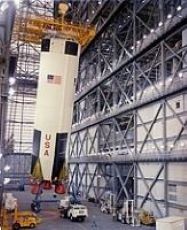
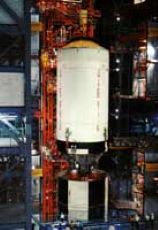
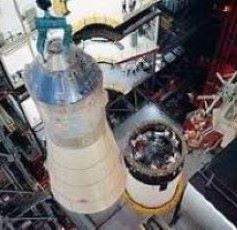
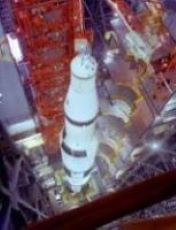
The Saturn V launch vehicle had three stages.The first Stage contained five F-1 engines which produced nearly 7.7 million pounds of thrust. These powerful engines were required to lift the heavy rocket fast enough to escape Earth's gravity. The first stage engines were burned at liftoff and lasted for about 2.5 minutes, taking the vehicle and payload to an altitude of 38 miles. After completing the required burn, the first stage separated and burned up in the Earth's atmosphere. The second stage contained five J-2 engines. After the first stage was discarded, the five second stage engines burned for approximately 6 minutes, taking the vehicle and payload to an altitude of about 115 miles. The second stage was then discarded. The third Stage contained one J-2 engine. This engine burned for 2.75 minutes and boosted the spacecraft to an orbital velocity of about 17,500 mph. The third stage was shut down with fuel remaining, and remained attached to the spacecraft while in Earth orbit. The J-2 engine reignited to propel the spacecraft into a translunar trajectory toward the Moon.
The Vehicle Assembly Building, or VAB, was built at Kennedy Space Center in Florida. The VAB was used to assemble the three stages of the Saturn V rocket and connect the spacecraft modules required to fly and land on the moon. The Saturn V was constructed on top of a gigantic crawler. The crawler was used to transport the Saturn V to launch pad 39A at Cape Canaveral, Florida.
